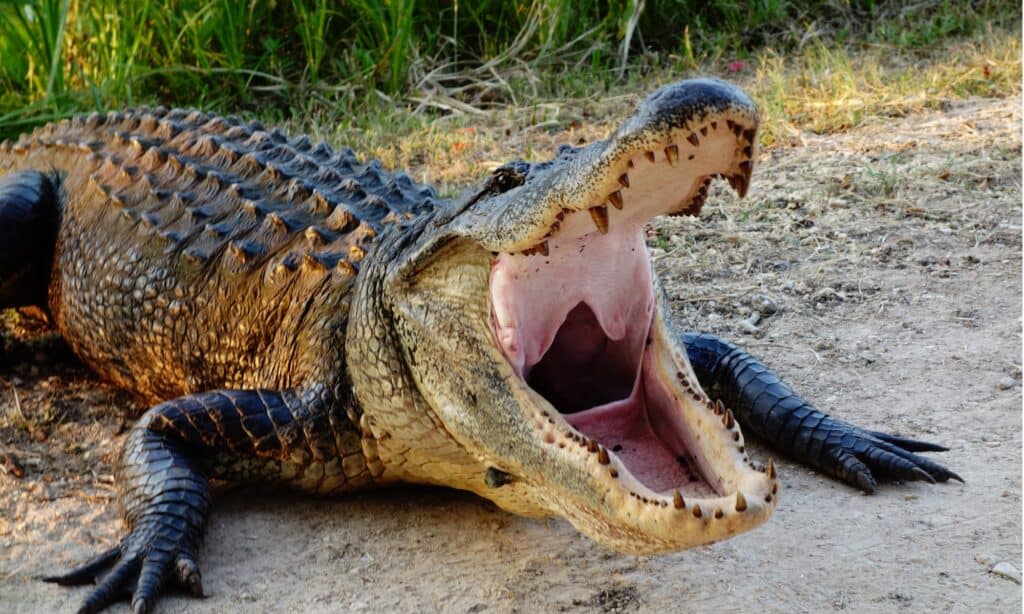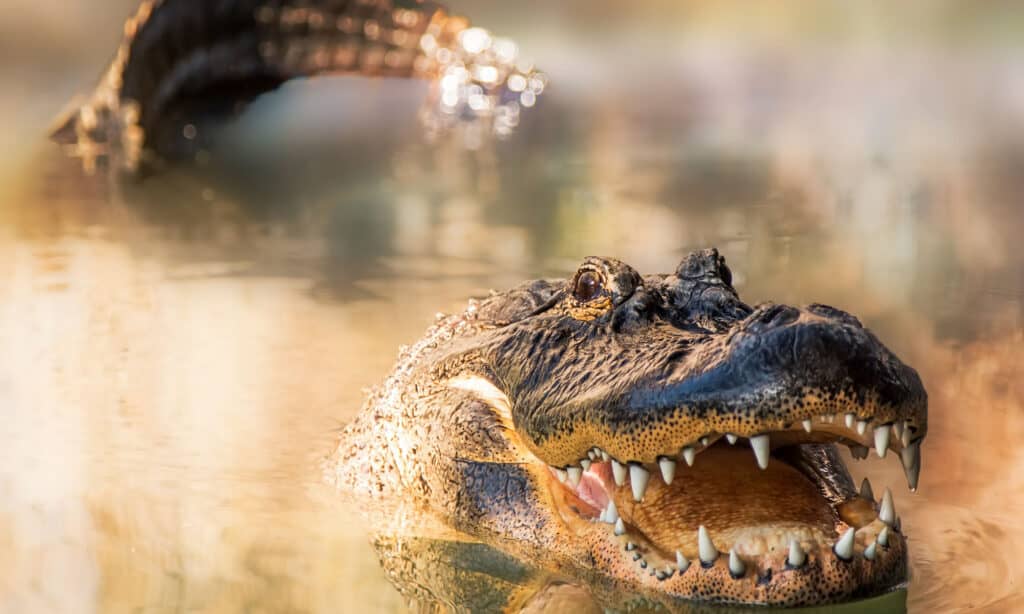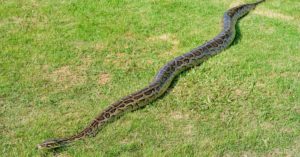Only a few people will ever glimpse or venture near sewers or drains. Therefore, it is perhaps not surprising that myths and stories about these underground networks arise. Sewers are ominous, perilous, and frightening places. There is a lot of horrible stuff to be found there, including rats, trash, and sewage. But what about the infamous alligator colonies? Are the tales true, or are they only myths?
Stories about sewer alligators first surfaced in the late 1920s and early 1930s; they now mostly exist as an urban legend. They are based on accounts of alligator sightings in unusual places, especially in New York City. Like many urban legends, this one endures because there’s a grain of some truth to it. Urban legends are the modern equivalent of fairy tales; they start with a tiny bit of truth and worsen until they have nothing to do with reality. In this article, we will discover whether sewer alligators are myths or not and learn other fascinating facts.
Where Did the Story That Alligators Inhabited the New York City Sewers Originate?

The rumors about alligators in sewers date back to the 1930s.
©iStock.com/Bradley Proxmire
Over the years, there have been persistent tales that alligators have been seen—and live—primarily in the sewers of New York City but also in other places. These rumors date back to the 1930s but captured Americans’ collective imagination in the 1950s.
Teddy May, the former commissioner of New York City’s sewers, was quoted as saying that numerous inspectors saw alligators in the city’s underground tunnels around 1935, which is where the stories of alligators breeding and living in the sewer system in the 1930s seem to begin. Teddy began purging the city of the mythical gators despite having no solid evidence of their existence. And in 1937, he proclaimed that the city’s sewers were free of pests and trash.
In the 1950s, stories of alligators in the NYC sewers captured Americans’ attention once more. The narrative was a little different this time. Stories would center on families returning to New York after vacations in Florida with live baby alligators. The family would flush the alligator down the toilet and into the sewer system if those tiny creatures grew to be too big. According to tales, the alligators’ feeding on rodents and garbage led to their huge size. Due to the absence of sunlight, the alligators would become albino along the way and threaten the entire community.
Are the Sewer Alligator Stories Myth or Reality?

It is unlikely that a gator would survive in the NYC sewer system.
©iStock.com/Alex Pankratov
Regardless of how much you want to believe them, it is unlikely that a gator would survive in the NYC sewer system, much less grow to enormous lengths. With that, these stories are most likely myths. Any alligator that makes it through the plumbing would arrive in a dangerous environment to which they were not adapted.
They could initially feed on rodents and other small animals, but once winter arrives, the cold would be too much for a reptile to bear. Louisiana and Florida are the two main states where alligators are found, and these are the regions where temperatures normally range from 78 to 90 degrees Fahrenheit. Alligators are cold-blooded creatures. In other words, they cannot control their body temperatures independently like humans do by perspiring to cool off or shivering to warm up.
Alligators must spend many hours warming their bodies by basking in the sun or beneath a heating lamp to survive, which living in the sewers of New York City does not offer. Alligators fall into a “torpor” state where their basic body functions cease when they are not exposed to the sun’s warmth. And while they may endure this condition for several months at a time—such as the entire winter—gators would eventually die without sunlight.
Additionally, alligators cannot survive in an environment contaminated with E. coli, Shigella, or salmonella, all known to be present in sewer systems. And one last thing to remember is that a vast workforce is operating in NYC’s sewers, and they are not reporting any evidence of these creatures. Alligators in sewers that are ten feet long are usually easy to spot!
Can Alligators Turn Albino in Sewers?

Alligators can’t become albinos in sewers.
©GoodFocused/Shutterstock.com
No, an alligator wouldn’t become an albino even in the remote possibility if it managed to endure in a sewer for any length of time. The genetic code is altered during pregnancy, resulting in albinism. In the absence of light, animals do not lose their skin pigment and merely become irritable and melancholic.
Having said all this, people will continue to find a cause to believe in terrifying tales as low-cost entertainment; thus, the rumors won’t go away.
Can Animals Come Up Through Toilets?
They can, unfortunately. Animals are constantly looking for food, water, and shelter, and all of these necessities are readily available thanks to the sewers.
Since water attracts insects, your kitchen or bathroom is where you’ll most likely discover them. They might be challenging to locate as they may arise elsewhere and only be drawn to those locations by the wetness. Although they might not originate from your drains, centipedes and other insects could become lodged in sink or shower drains and eventually climb back out when the coast is clear.
Rats and mice are some of the most frequent pests in a home. Mice can enter your home through a hole only a quarter of an inch wide, whereas rats can enter your home through a hole no bigger than a quarter. Although these pests are more likely to enter your home through holes in the crawlspace or gaps surrounding your pipes, certain rats can swim for up to three days, giving them more than enough time to get into your toilet and into the sewers.
Lastly, we may have imagined a snake biting us while doing our “business” inside the bathroom. Fortunately, we shouldn’t find many pythons in our toilet bowls, although snakes frequently enter homes through the sewer system. Since snakes frequently feed on rodents and mice, they are likely to follow their prey into sewer lines, some of which, although rare, may lead to your home.
The photo featured at the top of this post is © iStock.com/cturtletrax
Thank you for reading! Have some feedback for us? Contact the AZ Animals editorial team.






